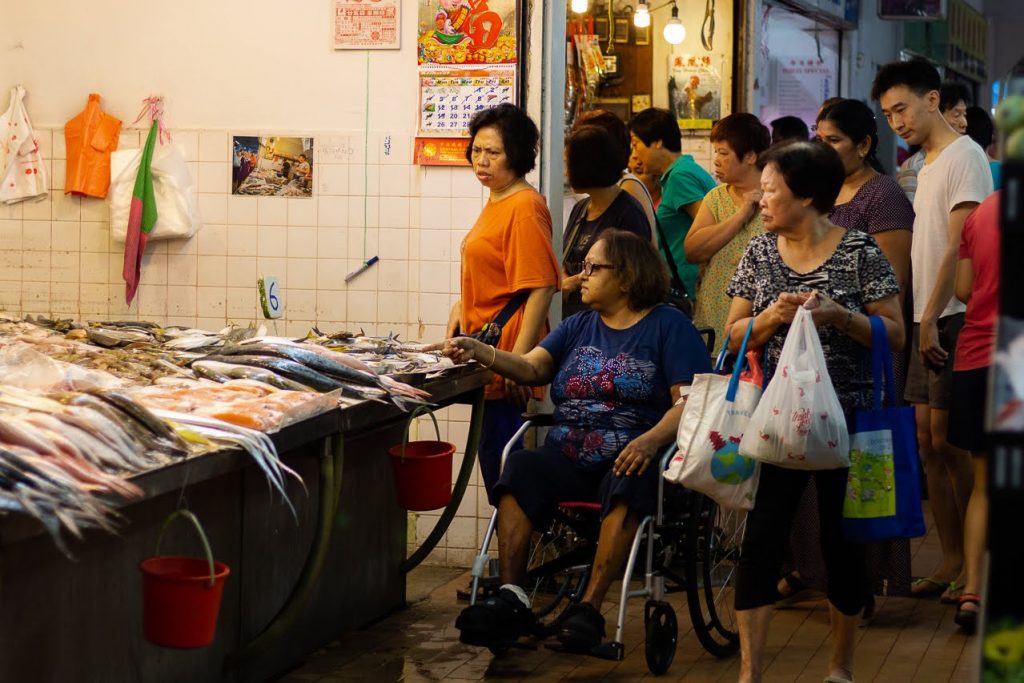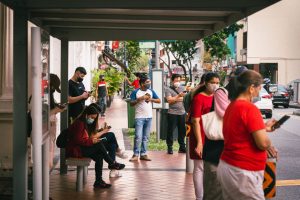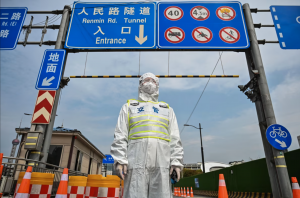When announced last week, the relaxed measures were a (pleasant) surprise because they arrived three weeks in advance of the circuit breaker’s official end date on 1 June 2020.
Some worry that it comes prematurely. Granted, the average number of local cases has been dipping steadily, from 11 per day two weeks ago, to nine last week. But we are still hovering at the cusp of low double digits. Unlike Taiwan or Hong Kong—among a few other Asia-Pacific countries—there has yet to be a day when Singapore has had zero new cases.
Besides, it seems that we have yet to get a handle on the enormous clusters of infection among our migrant workers, which, ironically, emerged at a time when Singapore was praised globally as the “gold standard” for handling the pandemic.
This fiasco shows us that despite the encouraging drop in local transmission, all it takes for another coronavirus conflagration to erupt is a carelessly flung cigarette butt. Which is exactly the case in South Korea now.
With these arguments in mind, some might think that we are loosening the CB too quickly.
I personally don’t think so.

At the top of everyone’s minds are the financial and economic repercussions of the circuit breaker. Two months of shutting huge industries will cause Singapore’s economy to shrink 5.7%, retrenchments to rise to 45,600, and unemployment, after being seasonally adjusted, to reach 4.2%, DBS Bank forecasted. Some numbers, released just today, confirm that pessimism: over 8500 businesses have closed in April, more than twice the number in March, The Business Times reported.
But the harm to the economy is not the gravest effect of the circuit breaker. For one, we need to stop thinking of the economy as an embodied person who soars or suffers because of our actions. We are the economy. If we are dead, there is no economy to speak of. And lessons from history teach us that nations that “intervened earlier and more aggressively do not perform worse and, if anything, grow faster after the pandemic is over”.
So there is no real argument to be made for lifting the circuit breaker solely for economic reasons.
Crises, such as pandemics or economic recessions, have historically corresponded with a surge in domestic violence cases.
(Shailey Hingorani to The New Paper)
One-quarter of Singaporeans rated their mental health as “fair” or “poor”, an Ipsos survey conducted from late April to early May found. Moreover, the survey respondents’ work situation had little influence on these respondents’ mental health, suggesting that it is the isolating effects of the circuit breaker, rather than a loss of job or income, that is contributing to their poor mental health.
If ordinarily healthy and functioning Singaporeans are buckling under the psychological and physical strain of the circuit breaker, imagine, then, what vulnerable and lower-income groups of people are experiencing now.
This publication has previously written about how the circuit breaker is disproportionately affecting persons with disabilities, migrant workers, and families without laptops.
To that list we can add victims of domestic violence. Cases of domestic abuse in Singapore are surging because victims are now forced to inhabit the same space as their abusers literally 24/7. Speaking to The New Paper, AWARE disclosed that it received 619 inquiries on family violence and domestic abuse in April, 35% more compared to March.
Similarly, the elderly who live alone struggle with social isolation that, in turn, leads to higher risks of health complications such as dementia and cardiovascular problems.
I am by no means suggesting mental health or social costs take precedence over saving lives. That sentence, in fact, makes no sense. But in evaluating when we should lift the circuit breaker, we have to keep in mind that it is effective only insofar as it fulfils its purpose.

In Minister Lawrence Wong’s words, “the Government decided to [implement and extend the circuit breaker] so as to break the transmission chain, and slow down the spread of the coronavirus” (my emphasis).
That is to say, the aim of Singapore’s circuit breaker seems to be a reduction of the number of unlinked cases and to shrink clusters to more manageable numbers. Not to achieve zero transmission rates (though it is ideal) and a population free from the coronavirus.
Globally, no government is pinning their hopes on a circuit breaker/lockdown to flush out the virus from their nation’s borders either. The point of a lockdown is, instead, “to slow the spread—to flatten the curve—so that the first wave of the pandemic would not overwhelm the health-care system”.
The Director-General of the World Health Organization (WHO), Tedros Adhanom Ghebreyesus, presents six conditions a country must meet before it can lift a lockdown:
2. Health systems are able to “detect, test, isolate and treat every case and trace every contact”.
3. Hot spot risks are minimized in vulnerable places, such as nursing homes.
4. Schools, workplaces and other essential places have established preventive measures.
5. The risk of importing new cases “can be managed.
6. Communities are fully educated, engaged and empowered to live under a new normal.
I’m neither an epidemiologist nor do I have oversight of Singapore’s healthcare and contact-tracing capabilities. But, in light of these advisories, I think the argument that we should keep the circuit breaker going until we have zero new cases for an extended period of time is excessive. Furthermore, an extension would make the circuit breaker’s social costs, as delineated above, too expensive to bear for the diminishing returns it will give.
The point is that new structures have been put in place, during the time bought by the circuit breaker, so that we are more prepared to deal with the second-, or third-, or fourth-wave of infection.
Spaces have been transformed into isolation facilities to house Covid-19 patients. TraceTogether’s son, the more effective SafeEntry, is now implemented in malls and will soon be extended to taxi rides and offices. Masks will be mandatory even in workplaces. Haircuts will be limited to an hour. And so on.
That is, unfortunately, the reality we now have to live with.

After railing against The Economy, I know it’s ironic for me to invoke the language of economists, but it’s only sensible to run a cost-benefit analysis in deciding whether to prolong or ease the circuit breaker.
The benefits are straightforward: lower transmission rates of Covid-19.
The costs? Unless we want to replace the pandemic with an epidemic of anxiety, depression, domestic abuse, and so on (sigh), it seems that the better choice—now that the circuit breaker has done most of its job of stalling, not solving, the coronavirus pandemic—is to gradually and very cautiously reopen segments of society and industry so that we can acclimatise to this new normal.






